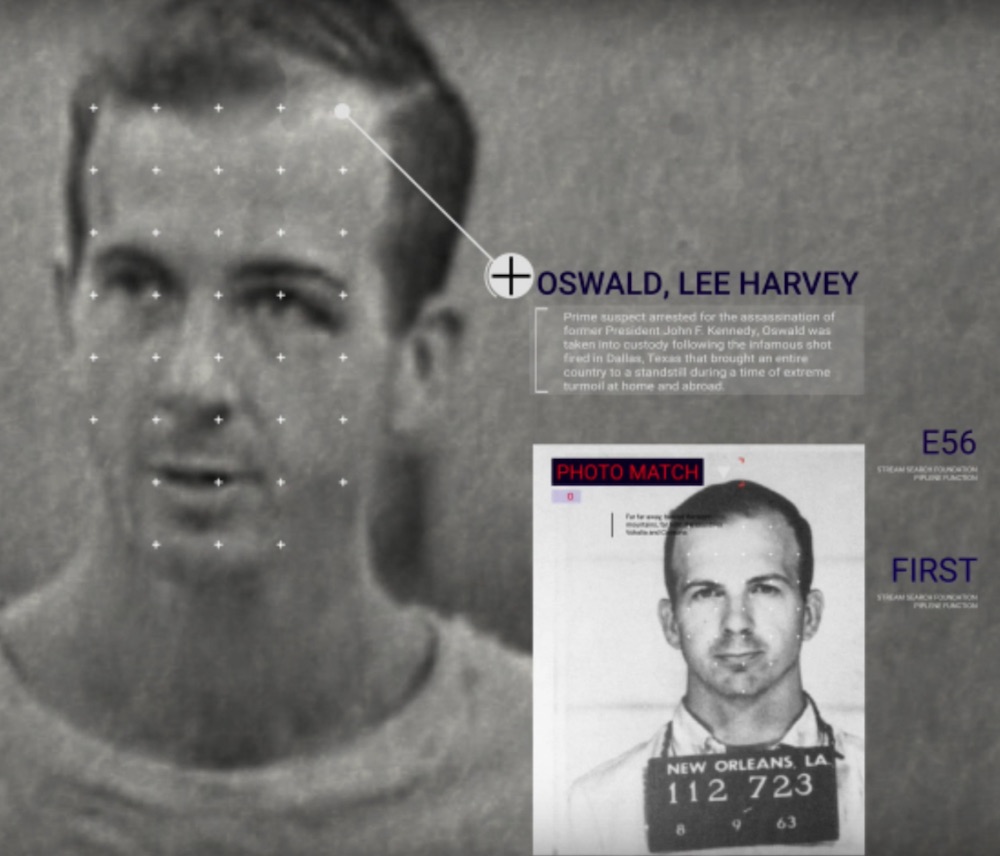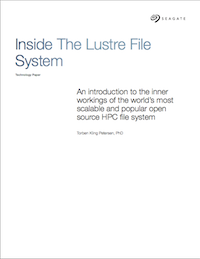 In this video, researchers apply Microsoft Cognitive Search to find clues in newly released documents on the JFK assassination.
In this video, researchers apply Microsoft Cognitive Search to find clues in newly released documents on the JFK assassination.
Late last year the US government released more than 34,000 pages related to the assassination of JFK. Like everyone in the country we were curious to know what’s inside them, but it would take us months to read through these. The files consisted of mixture of typed and handwritten pages that were 60 years old which were scanned into PDF files as well as scanned evidence photos. How could we make sense of all this unstructured information in a way that would grow with the continual flow new documents that the government continues to release?
What if we could bring the full power of Microsoft’s AI to understand what was in those files and the vast scale of the Azure Cloud to handle the continual flow of data? How would we do it? Where do you start? In addition to classic engineering problems such scalable search and reliably interpreting document formats, we needed to solve super hard problems such as interpreting handwritten documents and learning key topics within them. More importantly, we kept hearing the exact same kinds of problems from our customers about their own data. We realized that by combining Azure Search and Cognitive Services together we could create a powerfully simple solution to these problems.
Microsoft is using this case study to showcase the power of ‘Cognitive Search’ – an AI first approach to content understanding. Cognitive Search is powered by Azure Search with built in Cognitive Services. It pulls data from almost any data source and applies a set of composable cognitive skills which extract knowledge. This knowledge organized and stored in an index enabling new experiences for exploring the data using Search.
When we first applied Cognitive Search to the JFK files, it was incredible to see what emerged. Not only could we answer so many interesting questions, we could see the answers and relationships in context with the original documents. When we first showed the JFK files to customers, they could immediately see how to apply it back to their own data challenges and wanted to use it to answer their own questions.
Sign up for our insideHPC Newsletter




